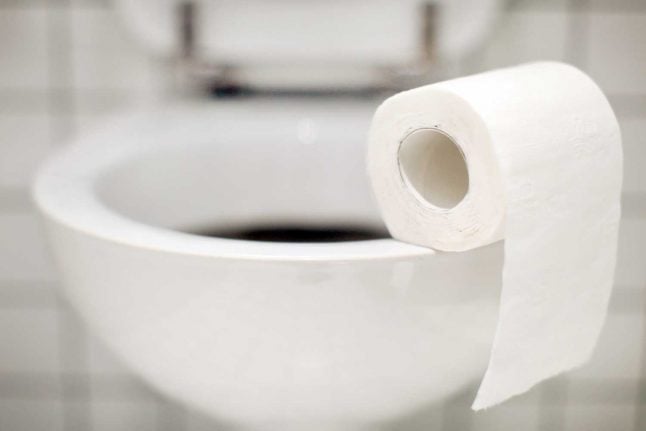Under the motto ‘the distance which connects us’, the stamp reminds people to keep one metre distance from each other and includes cartoon sketches of a coronavirus particle.
The stamp is made from actual toilet paper “and is the size of an actual piece of toilet paper”, according to Austria Post. The actual postage stamp component is tearable and, fortunately for anyone planning to actually use it as a postage stamp, much smaller.
Ironically, some are concerned that the stamp – which is a tongue in cheek reference to coronavirus panic buying of toilet paper – may itself become scarce as a popular collectors item.
The stamp costs €2.75 and all money raised will go to charity.
Very witty: Austria's postal service prints Covid-19 stamps on toilet paperhttps://t.co/5ukfXEQEJy
— Violet Lemay (@violetlemay) October 24, 2020
Austria prints a postage stamp to remember COVID-19 by, on toilet paper https://t.co/YbhZOMW2Zp
— Calgary Herald (@calgaryherald) October 24, 2020
The baby elephant returns
The stamp includes Austria’s famous ‘baby elephant’ – a symbol in the fight against the virus.
This has been discussed in Austrian media as the ‘return of the baby elephant’. During the first wave of the pandemic, Austria sought to encourage participation with the social distancing requirement by telling people to stay ‘a baby elephant apart’.
People are now legally required to stay a baby elephant’s distance apart from each other in public, provided that elephant is one-metre long.



 Please whitelist us to continue reading.
Please whitelist us to continue reading.
Member comments